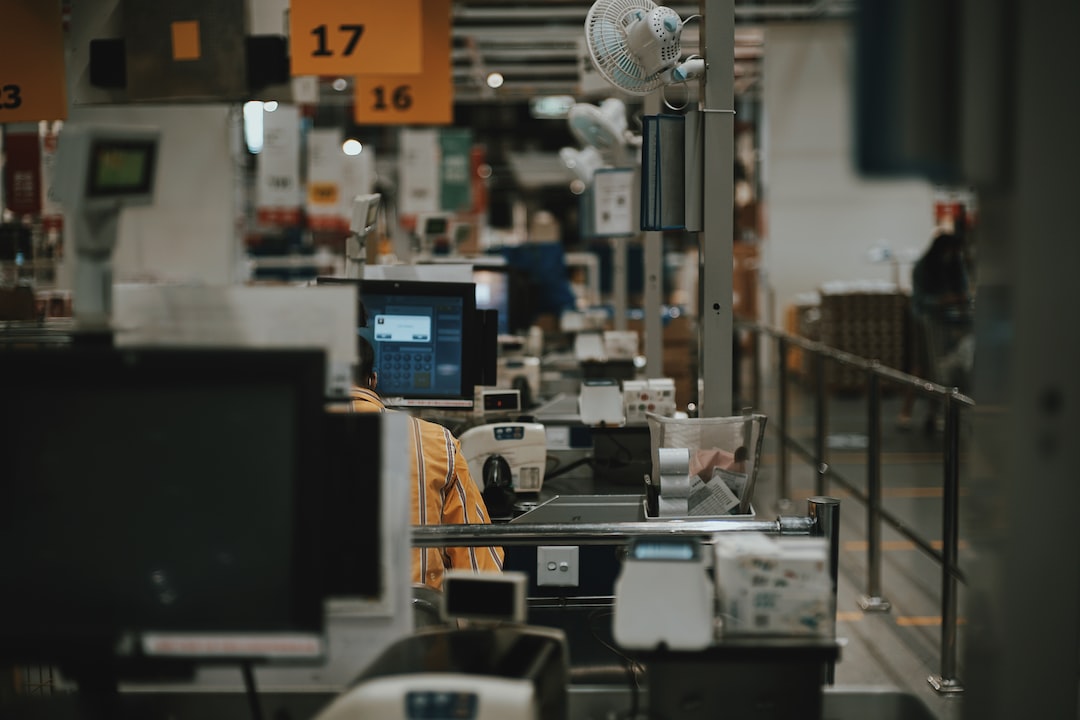The Challenges and Opportunities of Incorporating Internet of Things (IoT) in Manufacturing
The modern world is witnessing a rapid growth in technology, with new innovations emerging almost every day. One such innovation that has gained significant attention is the Internet of Things (IoT). The IoT refers to a network of interconnected objects and devices that can communicate with each other and with humans, creating a vast web of information and data exchange. This technology has shown immense potential in various sectors, and its impact on manufacturing is particularly noteworthy.
Integrating the IoT into manufacturing processes offers a multitude of benefits that can revolutionize the sector. Manufacturers can leverage real-time data to monitor and improve their production lines, automate various processes, and enhance overall efficiency. The ability to collect and analyze data from connected devices provides valuable insights into the manufacturing process, enabling businesses to identify bottlenecks, reduce maintenance costs, and optimize operations.
Moreover, the IoT allows for greater visibility and transparency in the supply chain. Manufacturers can track the movement of raw materials, monitor inventory levels, and ensure timely delivery to customers. This not only improves productivity but also enhances customer satisfaction by enabling accurate delivery estimates and reducing stockouts.
However, incorporating the IoT into manufacturing is not without its challenges. One major obstacle lies in the security and privacy concerns associated with the vast amounts of data being generated and shared. With interconnected devices, there is an increased risk of cyber attacks and data breaches. Manufacturers must invest in robust cybersecurity measures to protect their systems, data, and intellectual property. Moreover, compliance with data privacy regulations becomes crucial, as organizations must ensure they handle data in a secure and ethical manner.
Another challenge in implementing IoT in manufacturing is the high initial investment. Setting up the necessary infrastructure, installing sensors and connectivity devices, and training employees on how to operate and interpret the data can be costly. Small and medium-sized manufacturers may struggle to allocate resources for such advancements, limiting their ability to compete on a level playing field. However, as the technology matures and becomes more accessible, the costs are expected to decrease, making it more feasible for a wider range of manufacturers.
Additionally, incorporating the IoT requires a mindset shift within the organization. Adopting new technology and transforming traditional manufacturing processes can be met with resistance from employees who fear job loss or find it challenging to adapt to new ways of working. Education and training programs need to be implemented to help employees understand the benefits of the IoT and equip them with the necessary skills to leverage the technology effectively.
Despite these challenges, the opportunities presented by the IoT in manufacturing are too significant to overlook. The integration of IoT can enable manufacturers to achieve unprecedented levels of automation and customization. Smart factories equipped with IoT-connected devices and systems allow for real-time monitoring and adjustments, leading to improved productivity, reduced downtime, and enhanced product quality. Predictive maintenance, made possible through IoT, can preemptively identify and resolve issues, reducing costly unplanned downtime.
Furthermore, the IoT facilitates the concept of mass customization, as products can be tailored to specific customer requirements without compromising efficiency and speed. Real-time data allows manufacturers to optimize production and make timely adjustments to meet changing market demands. This ability to produce personalized products at scale not only boosts customer satisfaction but also opens up new revenue streams for manufacturers.
In conclusion, the incorporation of the Internet of Things in manufacturing brings forth numerous challenges and opportunities. While security concerns, high initial costs, and employee resistance pose obstacles, the benefits of enhanced efficiency, visibility, and customization make it an attractive proposition. As the technology continues to evolve and become more accessible, manufacturers should carefully navigate these challenges to harness the full potential of the IoT and stay competitive in the rapidly transforming manufacturing landscape. Ultimately, embracing the IoT is not only about keeping up with the times but also about unlocking a new era of manufacturing excellence.

